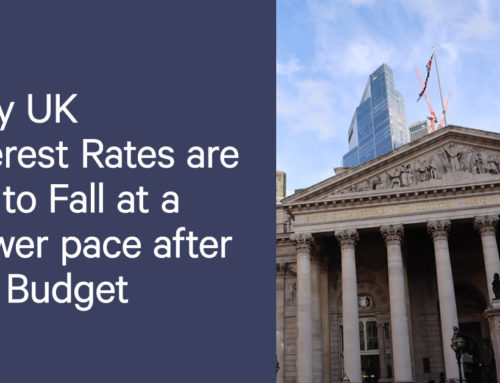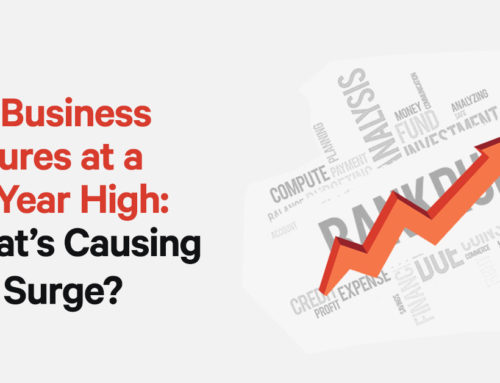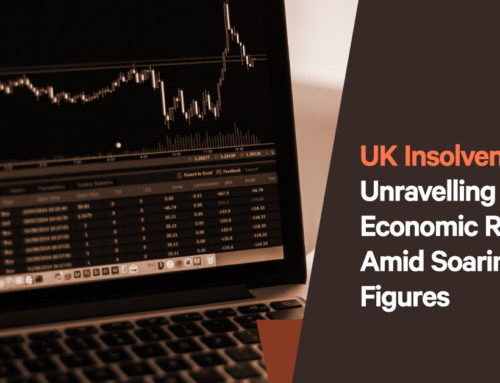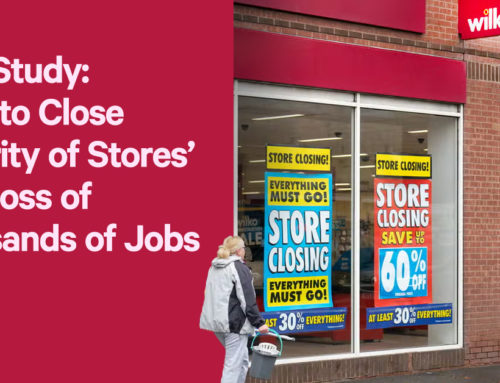In a significant development, Everest, one of Britain’s largest and historically resilient double-glazing suppliers, has entered administration, highlighting the challenges even well-established companies face amidst the ongoing turbulence of today’s economic climate.
This turn of events not only shows the vulnerability of industries heavily reliant on consumer spending and economic stability but is also a cautionary tale for businesses dealing with unpredictable market conditions. Everest’s administration reflects broader uncertainties affecting sectors ranging from manufacturing to retail, where sudden shifts in consumer behaviour and external economic pressures can swiftly impact operational viability and financial health. As stakeholders assess the implications, the industry must adapt strategies to mitigate risk and maintain resilience in an increasingly volatile business environment.
In this blog, we delve deeper into the factors that led to Everest’s administration, examining the impact of the COVID-19 pandemic, financial pressures, and market dynamics. We’ll also explore the implications for stakeholders and discuss strategies for businesses to navigate and thrive in unsettled environments.
Background and ownership
Everest, a key player in the home improvement sector, was owned by Jon Moulton’s investment firm, Better Capital, for over a decade. Moulton, known for turning around struggling businesses, acquired Everest to stabilise and expand its market presence. Under Better Capital, Everest dealt with various economic cycles and industry challenges, leveraging Moulton’s strategic expertise to remain competitive despite tough market conditions and changing consumer demands. Throughout this period, the company implemented several strategic initiatives and operational adjustments, maintaining its reputation and significant market share in the face of evolving industry dynamics.
Impact of the COVID-19 pandemic
The COVID-19 pandemic in early 2020 severely impacted Everest’s operations. Social distancing measures restricted in-person sales, significantly affecting revenue. This abrupt disruption forced Everest to quickly reassess its strategy, leading to a pre-pack administration in June 2020. This process helped restructure debts, save jobs, and fulfil customer commitments amid economic uncertainty in the home improvement sector. Despite these efforts, the company continued to face challenges as the pandemic progressed. Supply chain disruptions and increased costs further strained Everest’s financial health. Also, the shifting consumer priorities and reduced disposable income during the pandemic made it harder for Everest to bounce back quickly, highlighting the long-term impact of COVID-19 on the business.
Financial challenges and debt burden
Recent financial disclosures highlight Everest’s precarious position when it entered administration. With debts of over £30 million owed to key creditors like BECAP 12 and HMRC, Everest struggled to stabilise post-pandemic. Despite efforts to streamline operations and cut costs, the company couldn’t recover from pandemic-induced losses, worsening its financial distress. The high debt levels strained relationships with suppliers and creditors, limiting access to essential materials and credit. What’s more, the increased costs of raw materials and supply chain disruptions added to Everest’s financial burdens. The cumulative impact of these factors made it difficult for the company to regain its footing, ultimately leading to the administration process to protect remaining assets and seek potential buyers to salvage parts of the business.
Market and economic pressures
Beyond the immediate impact of COVID-19, Everest faced huge economic challenges worsened by the cost-of-living crisis. Rising material costs, especially a 30% increase from its main UPVC supplier, added further strain. These factors made Everest’s recovery efforts difficult, forcing a thorough reassessment of its market position and operational resilience amid fluctuating economic conditions. The increased costs not only squeezed profit margins but also created cash flow issues, making it hard to maintain inventory levels and meet customer demands. Consumer confidence declined as people prioritised essential spending over home improvements. These combined pressures forced Everest to rethink its business strategies, cut costs further, and explore new revenue streams, all while trying to maintain service quality and customer trust in a highly competitive market.
Operational restructuring efforts
In response to mounting economic pressures, Everest began extensive operational restructuring to improve efficiency and reduce overheads; important steps included consolidating production facilities and customer service operations, optimising installation centres, and reducing the workforce. These measures aimed to boost gross margins and operational agility, crucial for handling the post-pandemic market. Despite initial gains, ongoing market volatility continued to halt Everest’s recovery.
Administration process and stakeholder impact
The administration overseen by Resolve Advisory highlights the complex relationship between financial restructuring and stakeholder interests. Employees, creditors, suppliers, and shareholders were directly impacted by Everest’s insolvency, requiring clear communication and cooperation throughout. The primary goal remains to find a buyer who can provide the necessary capital and operational expertise to safeguard jobs, fulfil obligations, and maintain operational stability amid continued market uncertainties.
Future prospects and industry outlook
Everest’s future success hinges on securing a buyer or investment partner committed to revitalising its market position and reinforcing operational strength. Potential bidders, ranging from experienced turnaround specialists to strategic industry peers, bring opportunities to enhance Everest’s brand and capabilities. Adapting swiftly to shifting consumer preferences and the dynamic competitive landscape within the home improvement sector will be important for Everest to sustain growth and maintain its competitive edge. By aligning strategic initiatives with emerging market trends and investing in innovation, Everest can solidify its position and seize opportunities for long-term success in a challenging business environment.
Everest’s path to recovery
Everest’s administration underscores the profound challenges businesses face amidst economic volatility and sector-specific disruptions. As stakeholders await outcomes, the focus remains on preserving jobs, meeting financial obligations, and strategically positioning Everest for renewed growth in a competitive marketplace. This pivotal moment requires not only navigating immediate financial restructuring but also finding a sustainable path forward. The company’s ability to adapt to market conditions and consumer demands will be key. What’s more, fostering transparency and maintaining stakeholder trust throughout the process will be essential in rebuilding confidence and securing a stable foundation for Everest’s future operations and market standing.
Get guidance today
For expert help navigating insolvency and restructuring challenges, contact Leading UK at 0800 246 1845, or email us at mail@leading.uk.com. Our experienced team is committed to supporting your business through every phase of the restructuring process, providing strategic alignment and facilitating sustainable recovery solutions tailored to your needs.






